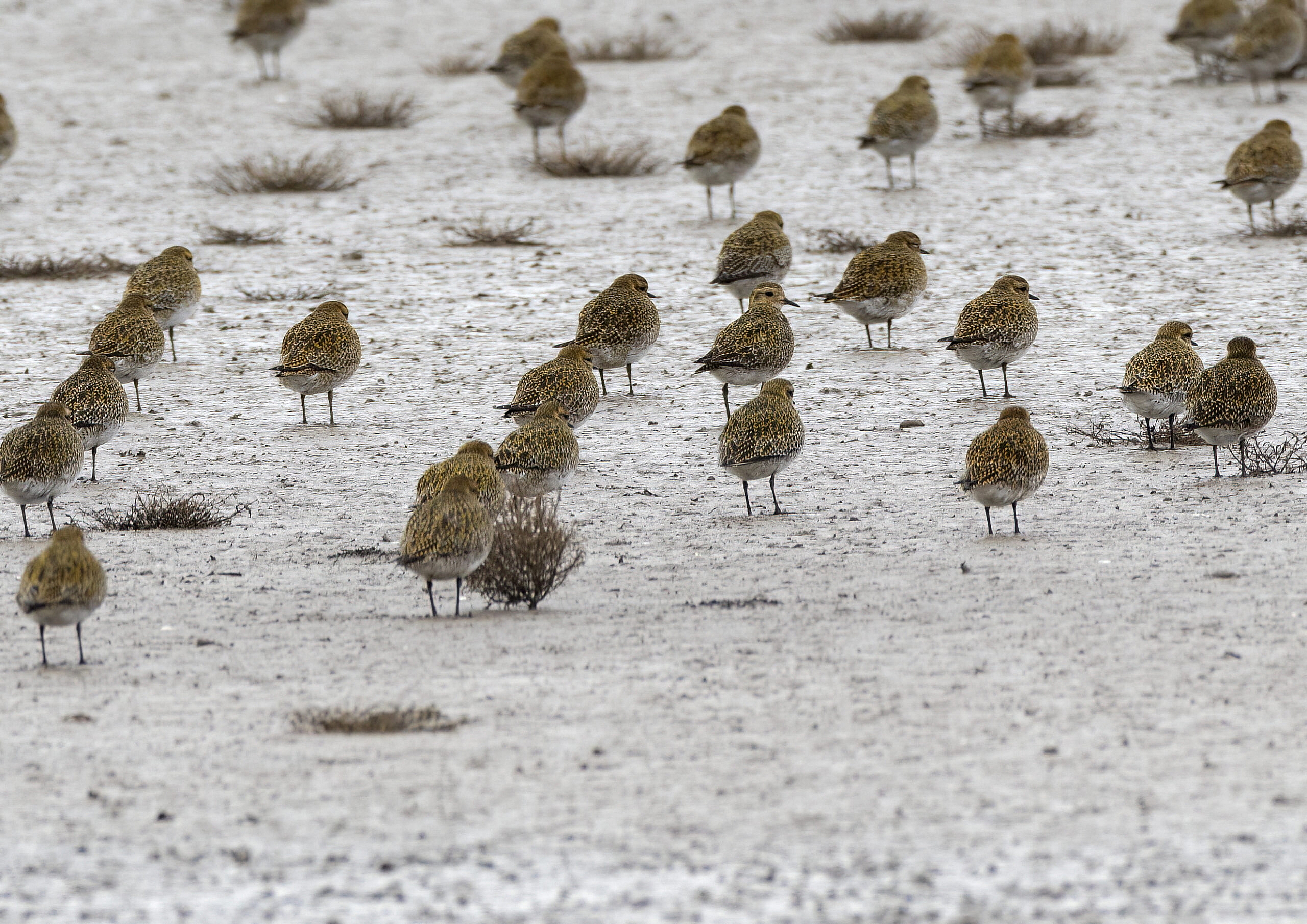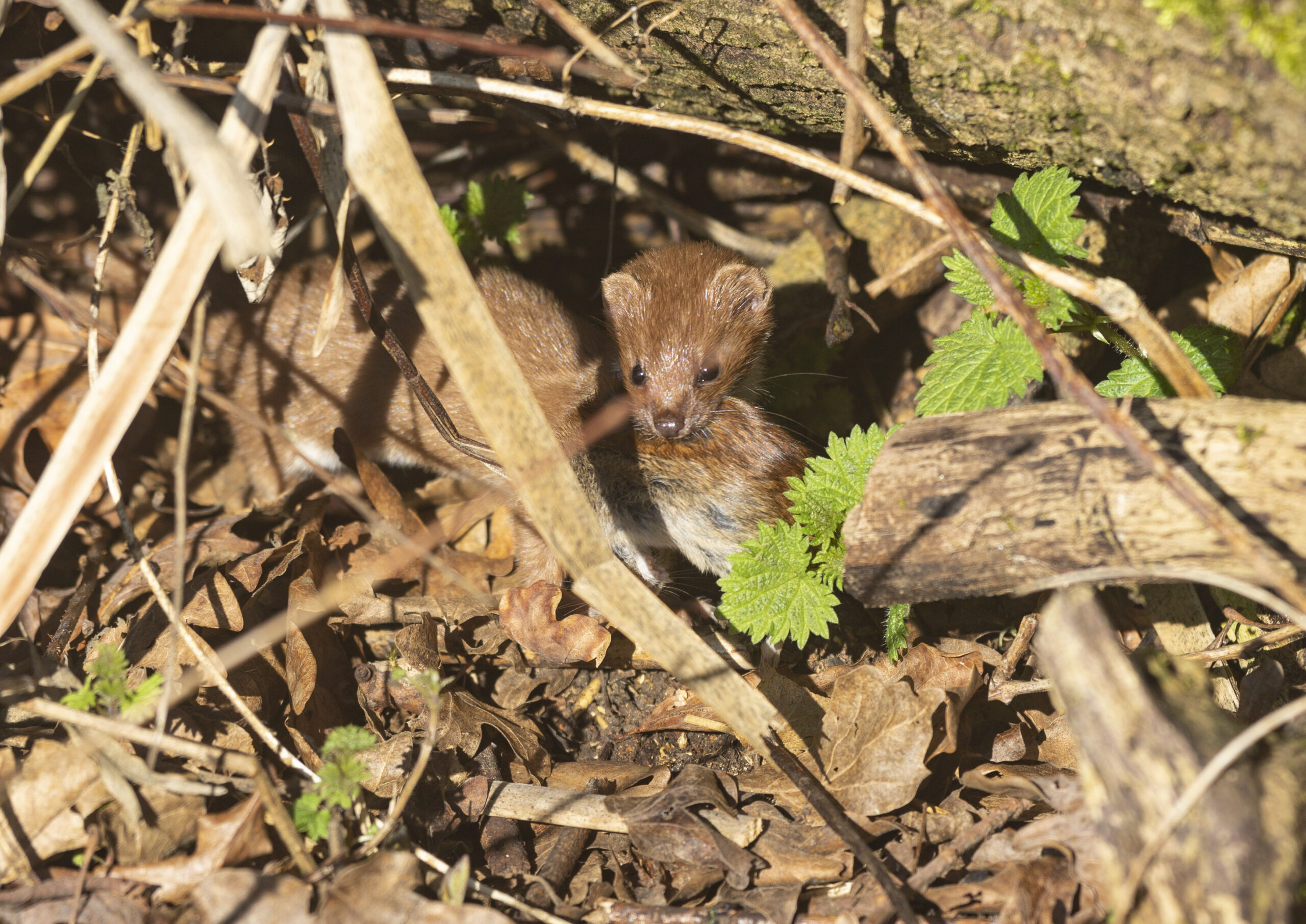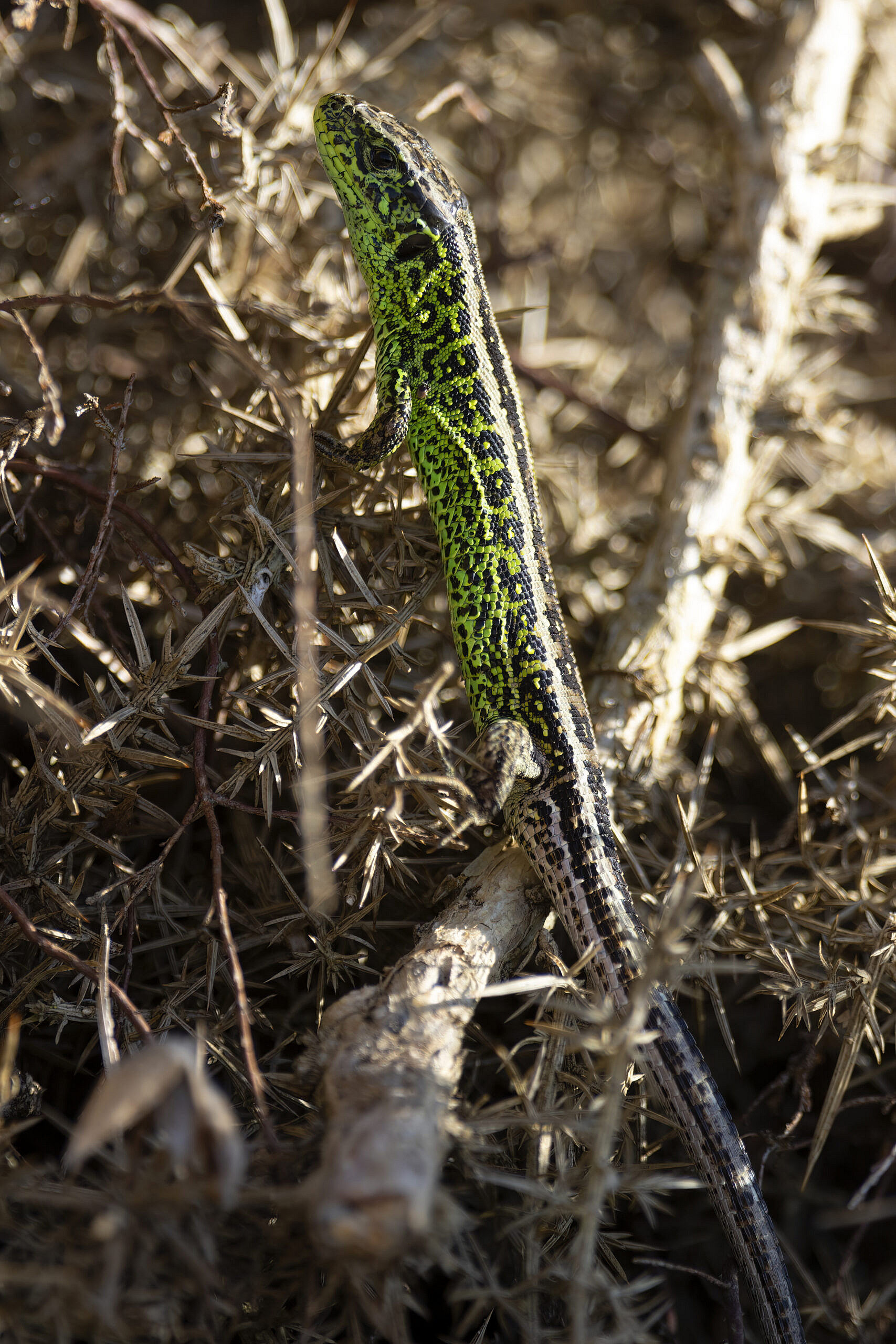I recently did a three-hour round trip in order to photograph a specific damselfly – the Southern Damselfly. It’s nothing special to look at (below), and at a first glance you could mistake it for one of several other species. But it is a distinct species, and to me that lent it a value that it might not otherwise have. I was lucky to find it so close to my home – the next nearest known location is an eight-hour round trip away.

Today I was researching a trip to see another rare species, the Scarce Blue-tailed Damselfly. Apart from some very subtle markings, it’s almost identical to another quite common damselfly, the (wait for it) blue-tailed damselfly. It’s just a bit more scarce. The closest reliable location to me, Latchmore Bottom in the New forest, is a four hour round trip. But as I read up on the site, I discovered that there had been attempts to restore the original flow of the watercourse that feeds the site where the damselfly lives. There were very good reasons why that work should be done – to help restore lost habitat and help protect downstream resident from the effects of flooding. Yet such actions would have probably destroyed the location of this rare insect.
Now I can imagine the frustration of those whose homes may still face flood risk because some nutter wants to protect a rare damselfly. I mean, it’s virtually identical to one you can find practically everywhere. But that ignores the lure of such things. When I did go to see the scarce blue-tailed, on a Thursday morning in school term time, there were at least four other groups of people looking for it. And one of those, a very nice couple and seemingly sane couple, had driven from Cambridge – more than an eight-hour round trip. And if they are anything like me, they all bought snacks and drinks and petrol en route.
We always seem to associate the economic benefit of wildlife tourism with the large scale. But these little insects have probably generated several hundred pounds a year for the local economy, all from a tiny insect that you could easily overlook. And that benefit will keep on coming, year after year, for as long as those insects survive. So whether you see biodiversity as important or not, you might want to consider what is in your area that others might want to see.




Social Profiles